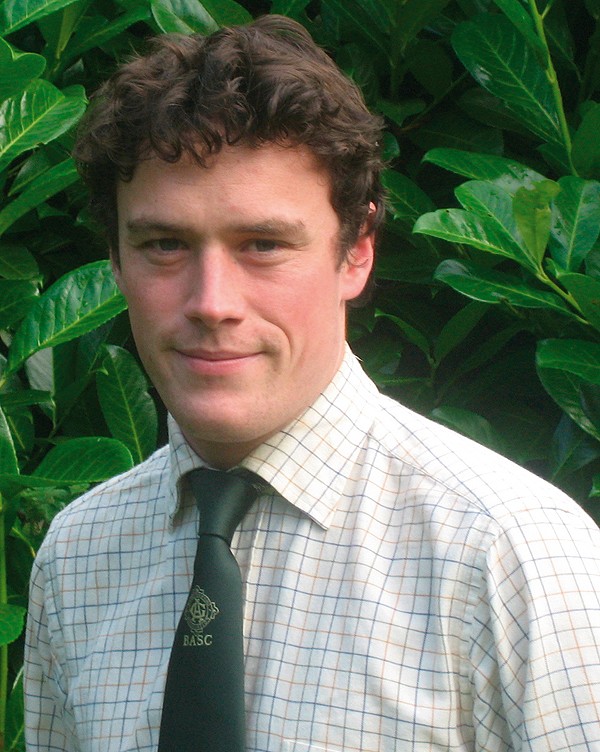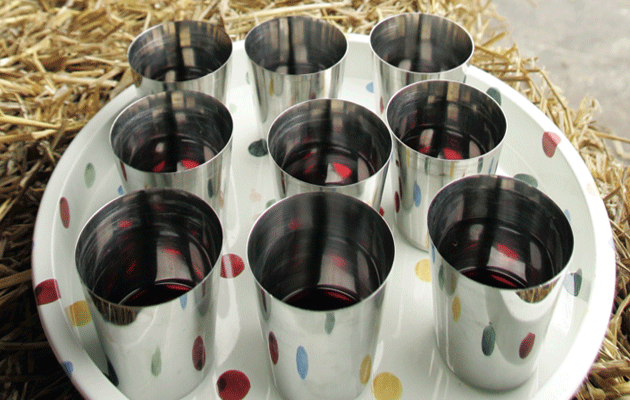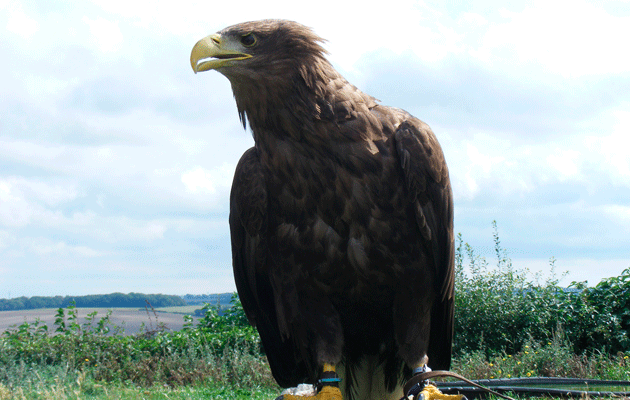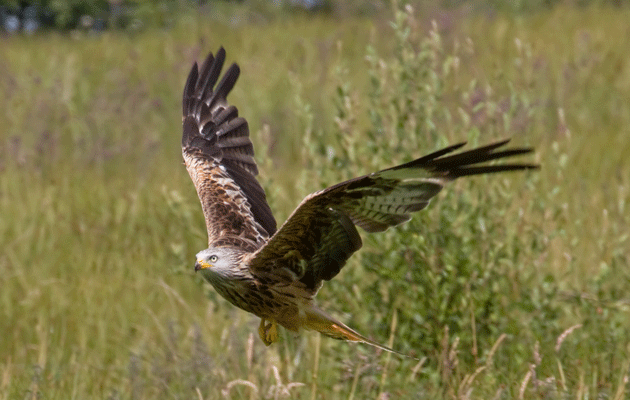Vote to ban raised laying cages

BASC supports an end to the use of raised laying cages for pheasants in the UK on principle and from experience. Along with other organisations, we welcome DEFRAs consultation on the draft code of practice for game rearing in England. It will provide guidance for the rearing sector and ensure the
continuation of good practice and high standards, which we can point to in the defence and promotion of gameshooting.
It is clear that calling for support for option three in the consultation, which says that cage systems for breeding gamebirds should not be used, will not mean an end to traditional partridge pair boxes. This is because DEFRA has
asked for cages to be defined in the consultation. BASC believes such a definition should be based on the minimum floor space available per bird.
In cage systems, laying pheasants are given an average of 0.3 square metres per bird. BASC believes they need at least one square metre, which tallies with the minimum space used in grass-based laying pens. Some systems allow much more. BASC believes a cage should be defined as anything providing less space than the established traditional standards.
If minimum space for partridges is also adopted, there will be no effect on traditional partridge pair boxes. BASC is recommending 0.29 square metres for redlegs and 0.5 square metres for greys. This is the standard minimum space used in traditional pair boxes. The evidence to support these recommendations is based on the practice of the majority of UK gamefarmers.
BASC supports traditional game rearing. Raised cages for pheasants are used by less than 10 gamefarmers in the UK and, as well as the welfare concerns, they are putting financial pressure on those rearers using traditional methods.
We should not be misled into believing that shooting can only support option two because otherwise we lose partridge pair boxes. This is not true. Option two only serves to allow the continued use of pheasant cages with some minimal enrichment. Such enrichment involves providing very low perches, artificial turf and even bricks for cages holding up to 11 pheasants. This is fundamentally flawed. Experience shows that space is key and if not enough is
provided there will be increased stress and welfare problems for the breeding birds.
BASC has visited and spoken with cage breeders in the UK and France, and has been told fi rst-hand that attempts to enrich cages can make welfare problems worse by complicating cleaning and hygiene measures. Game rearing, gamekeeping and gameshooting should not sell their reputations so cheaply. We can produce eggs efficiently and economically using traditional methods without compromising birds welfare. Ask yourself how you might justify gameshooting to our opponents or the undecided if our birds are confined in small cages to breed.
For more details of BASCs views and a guide to the consultation process, visit www.basc.org.uk.
What is YOUR opinion?
Join other ST readers in our forums to discuss your views.
Like this article? Mark this page on a social bookmarking website…
![]()
What are social bookmarking sites?








